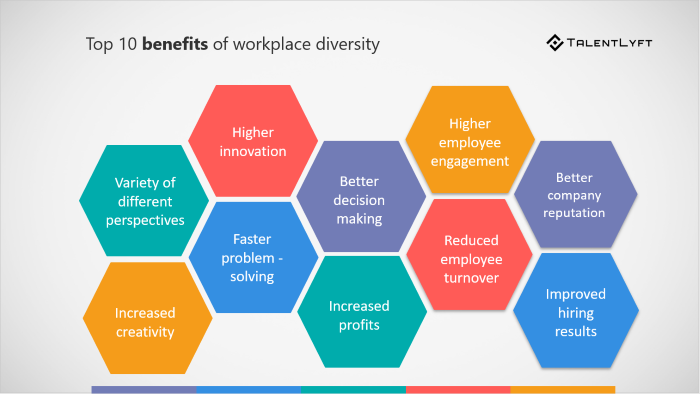In today’s rapidly evolving world, diversity and inclusion have become crucial elements for any successful organization. In the tech industry, where innovation is at the forefront, fostering a diverse and inclusive environment is not only a moral imperative but also a strategic advantage.
The Importance of Diversity
Diversity in the workplace refers to the representation and inclusion of individuals from various backgrounds, including race, ethnicity, gender, age, sexual orientation, and more. Embracing diversity offers numerous benefits for tech companies.
1. Enhanced Creativity and Innovation
When team members bring distinct perspectives and life experiences to the table, it breeds creativity and innovation. Diverse teams are more likely to produce groundbreaking ideas and unique solutions to complex problems. A blend of thoughts and perspectives can lead to a stronger product and better overall performance.
2. Broader Market Reach
Having a diverse workforce allows tech companies to better understand and relate to their diverse user base. Different cultural insights and perspectives can help tailor products and services to meet the needs of a broader market. By promoting diversity within their teams, companies increase the likelihood of capturing the attention and trust of a wider customer base.
3. Improved Problem-Solving Abilities
Inclusive workplaces foster a culture of open communication, where employees feel comfortable expressing their opinions and ideas. This environment promotes collaboration and constructive discussions. When individuals are challenged to think critically and engage in respectful debates, the end result is often effective problem-solving.
The Value of Inclusion
Inclusion goes beyond simply having diversity in the workplace. It involves creating an environment where every individual feels valued, respected, and empowered to contribute their skills and perspectives. Here’s why fostering inclusion is crucial:
1. Retention and Employee Satisfaction
Employees who feel included are more likely to stay with an organization long-term. Inclusive workplaces cultivate a sense of belonging, where individuals feel comfortable to be their authentic selves, resulting in greater job satisfaction. Increased employee retention saves time and resources that would otherwise be spent on recruitment and training.
2. Attraction of Top Talent
A reputation for being an inclusive company can significantly attract top talent. Skilled professionals value organizations that prioritize diversity and inclusion, as it signals a forward-thinking and welcoming work environment. The ability to attract and retain top talent enhances a company’s ability to stay competitive and innovate.
3. Enhanced Decision-Making
An inclusive environment encourages diverse perspectives to be heard and considered when making important decisions. This avoids groupthink and leads to more effective decision-making processes. Inclusive teams are more likely to identify blind spots, challenge assumptions, and arrive at better outcomes.
Building a Diverse and Inclusive Workplace
Creating a diverse and inclusive workplace culture doesn’t happen overnight, but with proper commitment and effort, organizations can make significant progress. Here are some key strategies:
1. Leadership Commitment
Leaders must demonstrate a strong commitment to diversity and inclusion initiatives. By setting clear goals and expectations, leaders can hold themselves and others accountable for creating an inclusive work environment.
2. Diverse Hiring Practices
Review and enhance hiring practices to attract candidates from diverse backgrounds. Building a diverse talent pool involves expanding recruitment networks, using inclusive language in job descriptions, and implementing blind screening processes to reduce biases.
3. Training and Education
Provide ongoing training and education on diversity, inclusion, and unconscious bias to employees at all levels. This promotes awareness, empathy, and understanding, creating a more inclusive workplace culture.
4. Employee Resource Groups
Establish employee resource groups that provide a space for underrepresented employees to come together, share experiences, and offer support. These groups can foster a sense of community and help influence company policies and practices.
5. Regular Evaluation and Feedback
Continuously evaluate diversity and inclusion efforts through surveys, focus groups, and feedback sessions. This enables organizations to identify areas of improvement and adjust strategies accordingly.
Conclusion
Embracing diversity and fostering inclusion in the tech workplace is not just a trend, but a necessity. Companies that value and promote diversity and inclusion create a more innovative, productive, and successful environment. By investing in diversity and inclusion initiatives, tech companies can build a workforce that represents the world we live in, improves decision-making, attracts top talent, and ultimately drives long-term success.

